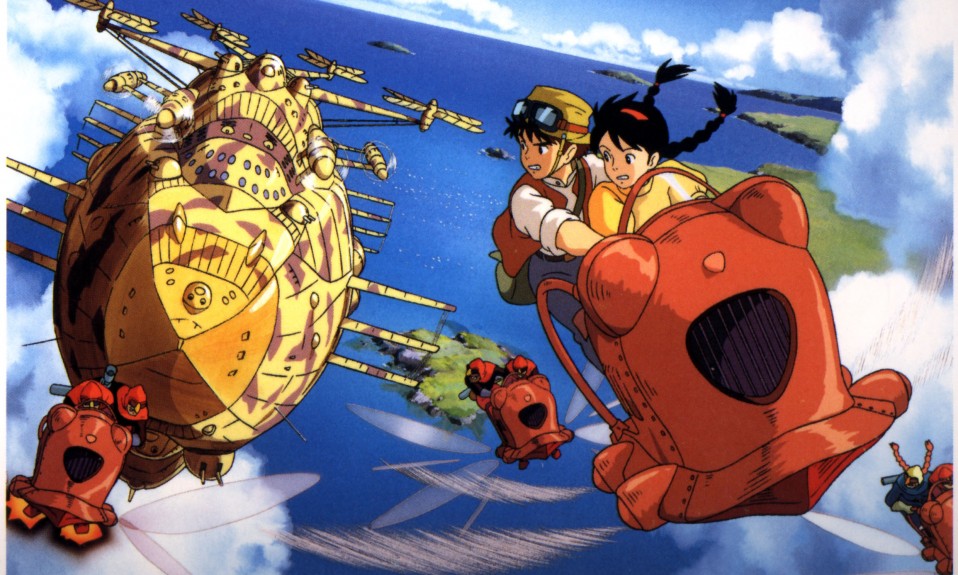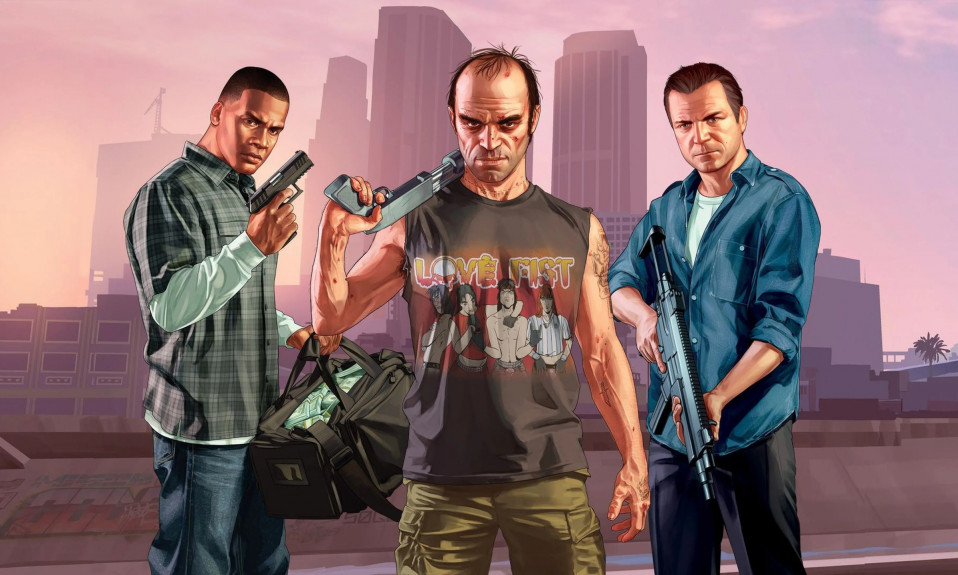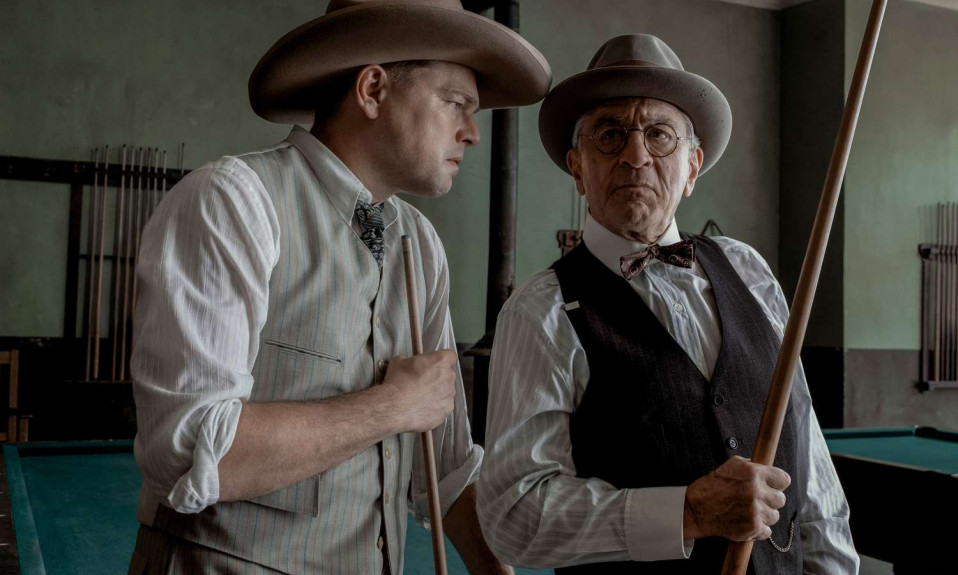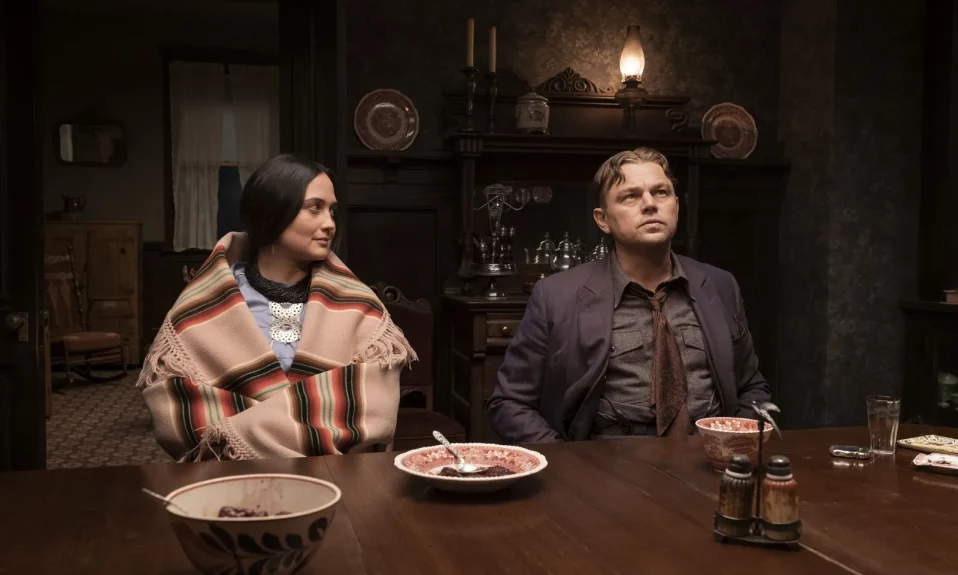Steampunk art has become very popular in recent decades. But what is it? Today we’re going to look at what the steampunk aesthetic consists of. As well as analysing the origins of the subgenre and some key films that are part of this movement. Let’s get steamy.
Steampunk’s Aesthetic
Steampunk is a retro-futuristic aesthetic. The genre largely focuses on the fashion and/or settings of the Victorian/American Wild West era. And juxtaposes this against intricate technology. Which is too advanced or fantastical for that time. Often it emphasises adventure stories and a sense of discovery.
“Instead of offering science-fictional interpretations of a future that leaves the past behind… steampunk fictions see both the past and future blended”.
Robbie McAllister in Steampunk Film: A Critical Introduction
But creators aren’t restricted to working in the specific time period mentioned above. Steampunk stories have been set in many periods between the industrial revolution and the Edwardian era. Some creators make science fantasy stories divorced from our world. Others tell of futuristic/post-apocalyptic scenarios where the world we know is replaced by continuations of the steampunk era. Meaning the genre’s aesthetics allow for a lot of possibilities.

Genre Origins
Author K.W. Jeter coined the name in a 1987 letter to Locus magazine. In this letter, he jokingly referred to a group of writers who like him were writing Victorian fantasy science fiction as “steampunks”.
The genre also has roots in the Victorian science fiction stories of Jules Verne and H.G. Wells. Works like The Time Machine and 20,000 Leagues Under the Sea contributed a lot to the genre. And there are examples of steampunk works that predate the name such as The Wild Wild West TV show, books like Michael Moorcock’s The Warlord of the Air, and some of the manga of Osamu Tezuka. But how has cinema represented the genre?
Steampunk Precursor Movies
Arguably one of the earliest films to use elements that steampunk would later incorporate was Georges Méliès’ A Trip to the Moon (1902). Which features anachronistic technology, rocket ships landing on the moon, alongside characters from the Edwardian period. It was also influenced by Jules Verne’s From the Earth to the Moon and H.G. Wells’ First Men in the Moon.
Other titles that would influence steampunk include Disney’s 20,000 Leagues Under the Sea (1954) and Karel Zeman’s The Deadly Invention (1958). Both are Jules Verne book adaptations. Both also feature advanced machinery and submarines in Victorianesque settings. George Pal’s The Time Machine (1960) and Nicholas Meyer’s Time After Time (1979), are also examples of early cinema steampunk. Both having Victorian heroes with retro-futuristic time travel devices.
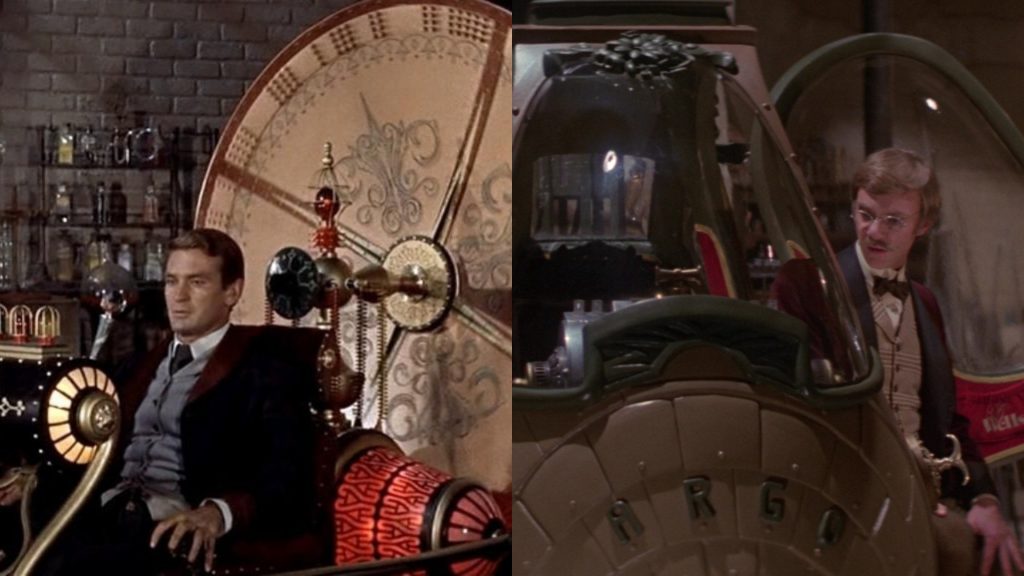
Modern Steampunk Movies
1986 saw the release of Hayao Miyazaki’s Castle in the Sky, considered one of the first true steampunk films. Then the 90s saw the release of the big-budget Hollywood adaptation of Wild Wild West (1999) and Marc Caro and Jean-Pierre Jeunet’s wildly imaginative The City of Lost Children (1995). Which takes place in an undetermined time full of retro clothing, oil rigs, sea mines, and eyepieces that seem both advanced and simple.
However, steampunk cinema arguably became most popular in the 21st century. This time saw the big-screen adaptation of Alan Moore’s popular steampunk comic The League of Extraordinary Gentlemen (2003). Miyazaki’s Howl’s Moving Castle (2004) employed retro-futurist technology alongside a magical fantasy world to showcase the wonders and atrocities that mankind is capable of. And short films like the Oscar-nominated The Mysterious Geographic Explorations of Jasper Morello (2005) helped to showcase the genres growing popularity. Even films like Martin Scorsese’s Hugo (2011) showcased a fascination with the genre’s aesthetics. Despite being set after the steampunk era. Hugo’s world is full of steam trains, old-fashioned dress, and mechanical automatons. Eventually, the film even becomes a tribute to genre influencer Georges Méliès. And that’s only a few examples of steampunk cinema throughout this time.
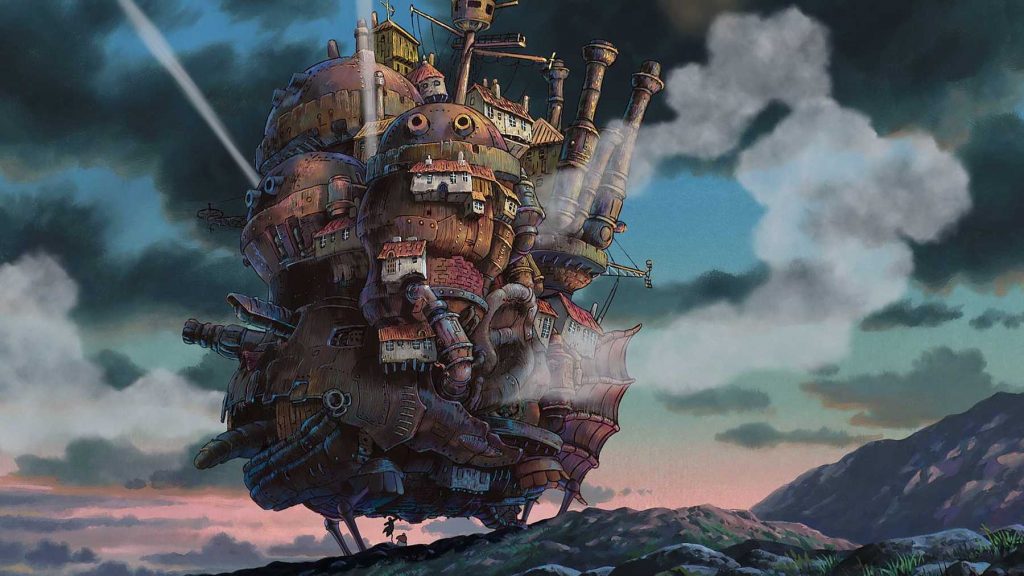
Conclusion
Steampunk is a fascinating movement. Full of imaginative stories and worlds. And while it isn’t the biggest genre in terms of cinematic content its roots stretch back to the birth of cinema. And it has continued to grow in popularity over recent years. Not bad for a genre that got its name from a joke.
Also Read: From Blockbuster to Mockbuster: Big Films and Their Copies


